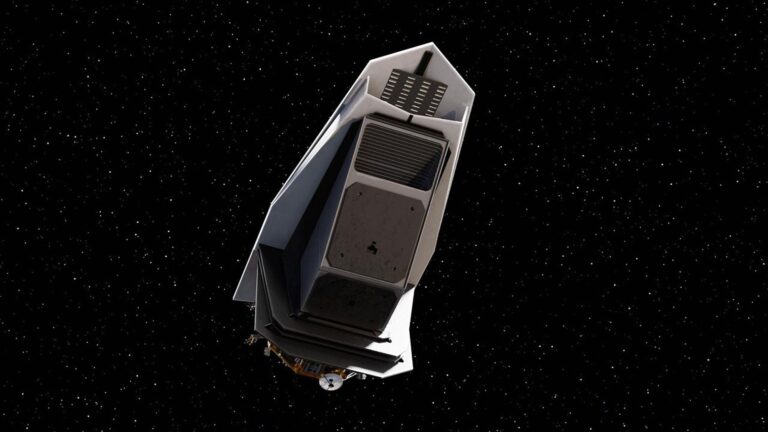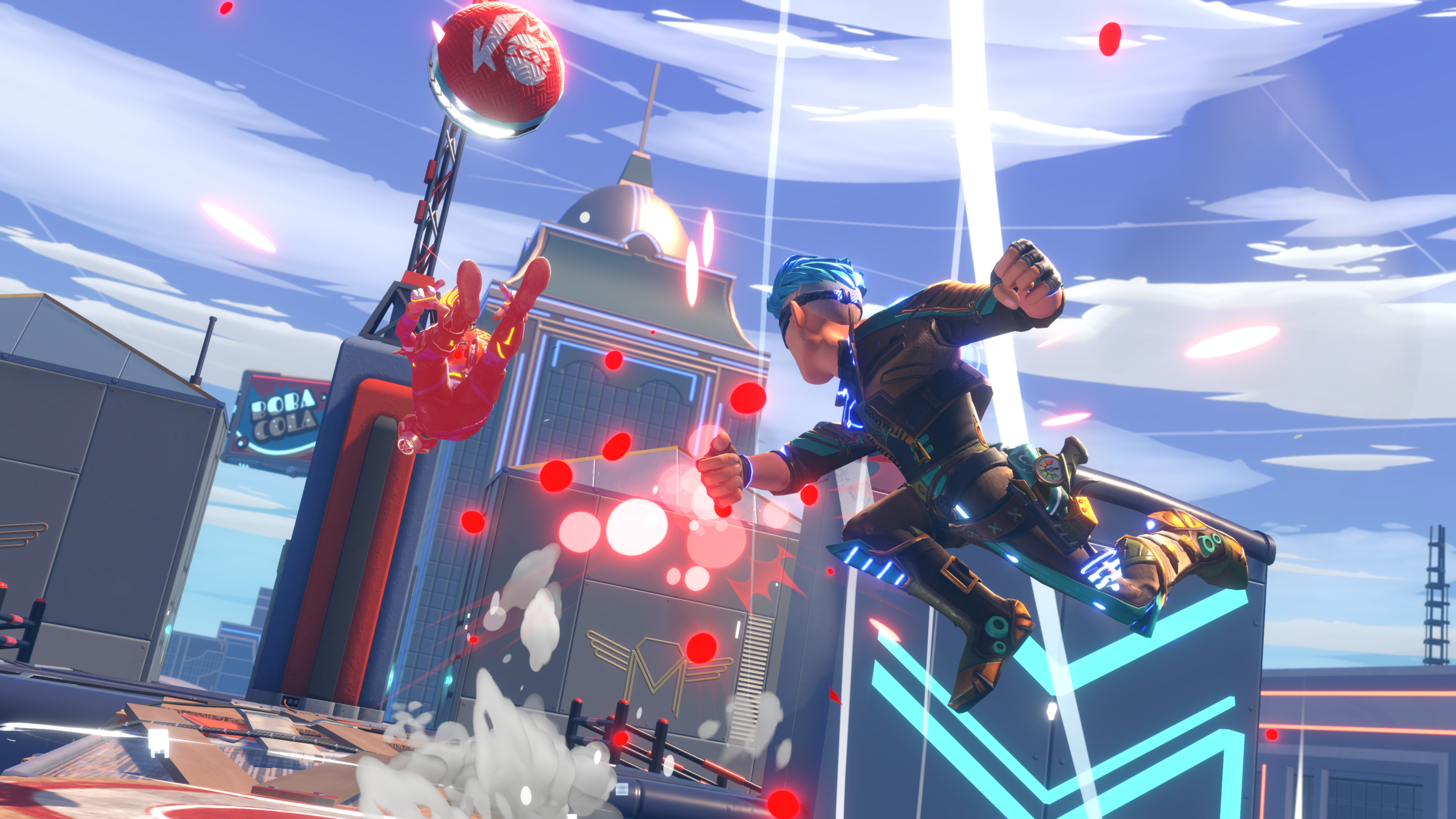
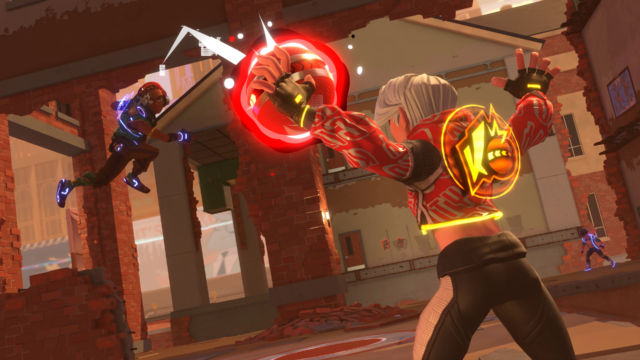
Knockout City is the best team-deathmatch game I've played in years. It celebrates and elevates the genre's roots in ways that make me think I've somehow reinstalled my old Voodoo2 GPU. And the game elevates this familiar format all under the guise of family-friendly dodgeball.
I wish describing an online game like that was enough to guarantee its success. But as I've learned over the years, a great online game can fail without a boisterous playerbase, an adept publishing hand, or good reasons for friends to keep playing with each other.
So I'm left with two obstacles: convincing you that Knockout City is worth your time, and convincing you that EA isn't going to get in the way of its success.
Dodgeballin’ after dark
Let's start with all the fun, depth, surprises, and innovations packed into Knockout City, because you might not assume a game about bubbly teenagers throwing dodgeballs has any of that stuff.
Knockout City focuses on team-based deathmatches in a cartoonish metropolis. The default mode, "Team KO," is a three-on-three fight to the dodge-death, and its weapon-and-ammo proposition instantly feels different than most other online combat games.
Consider how a classic, phys-ed dodgeball game starts. If you can't remember (or if your PTSD prevents you), check out the classic Freaks & Geeks scene in the above video. Two teams on opposite sides. A row of dodgeballs in the middle. A mad dash upon a ref's whistle to rush forward, grab "ammo," and begin pummeling each other in earnest.
Matches in Knockout City begin similarly. Each player starts out empty handed and must immediately rush to find a ball. But instead of a flat gym broken up by a halfway line, Knockout City's arenas are large, asymmetrical, and resemble various city zones. There's a downtown hub full of cars, a construction site, or an empty diner full of rotating doors and platforms. New balls spawn in a few predetermined spots on each map, though these vary enough that you can't necessarily rely on muscle memory to immediately stock your team up. And you can't tuck a second dodgeball into your back pocket, either. Players can only carry one.
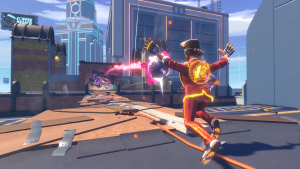
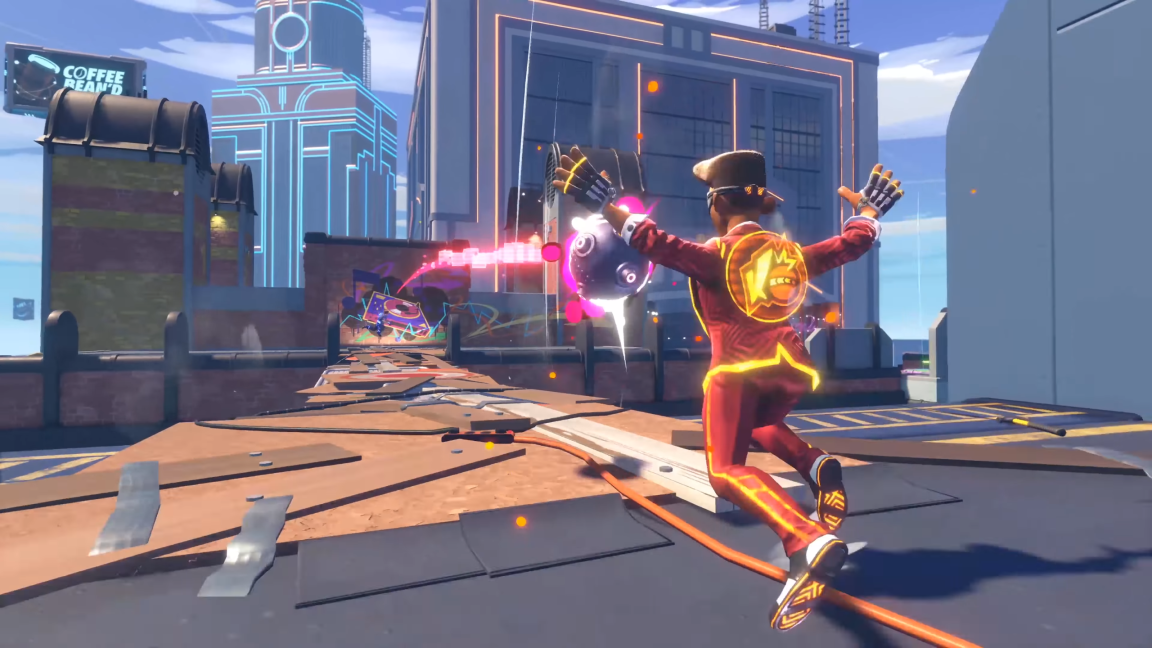
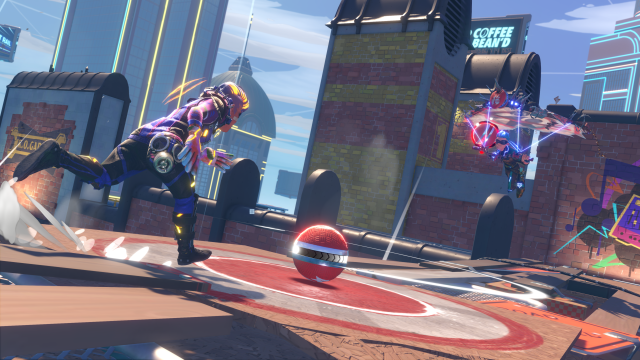
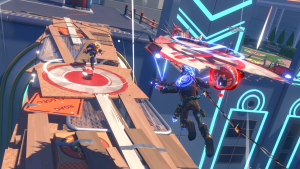
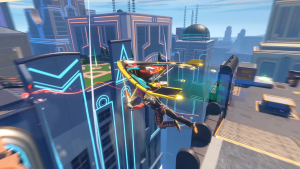
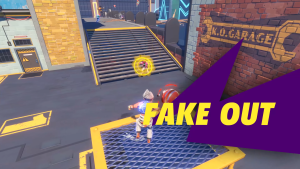
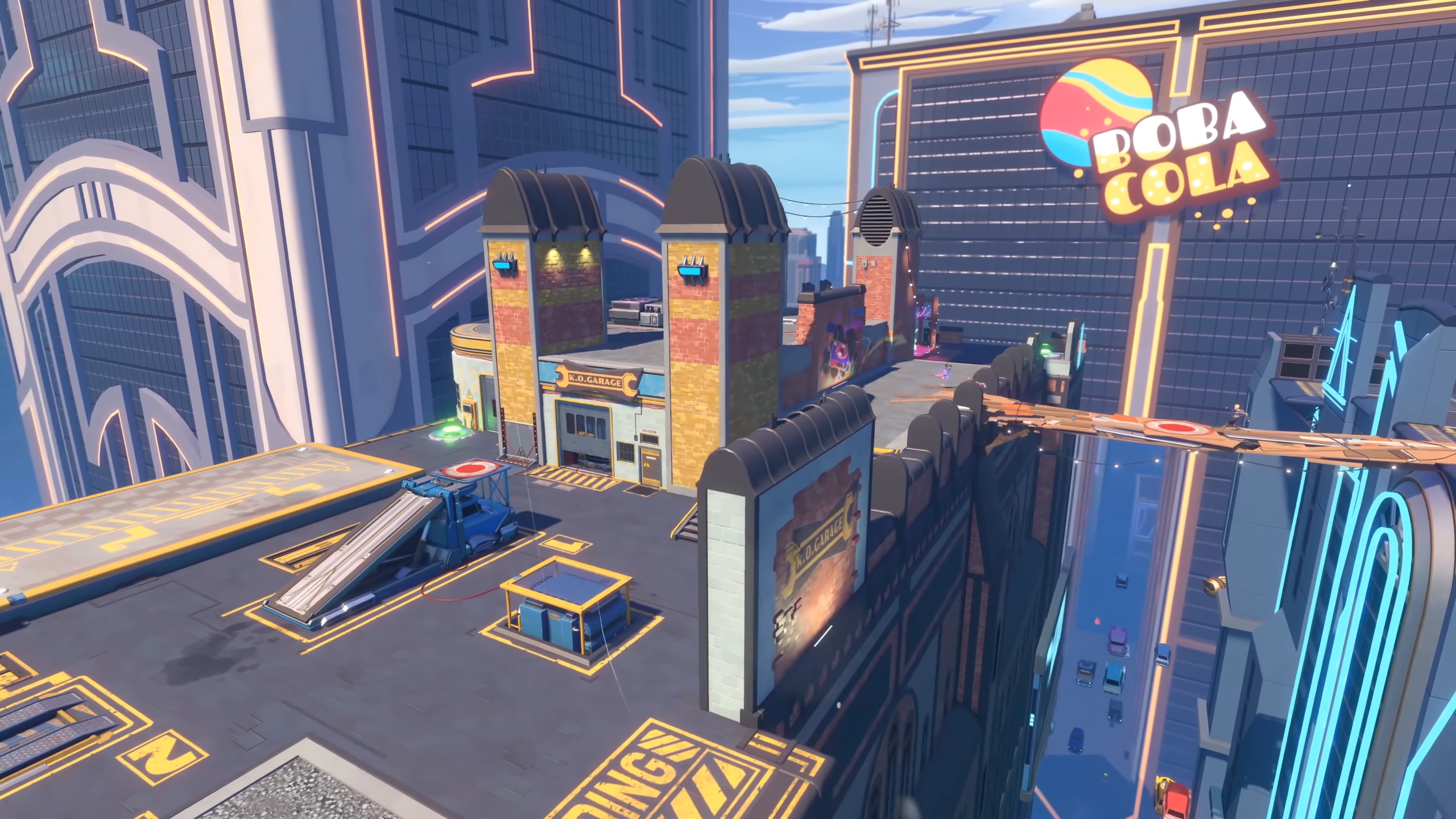
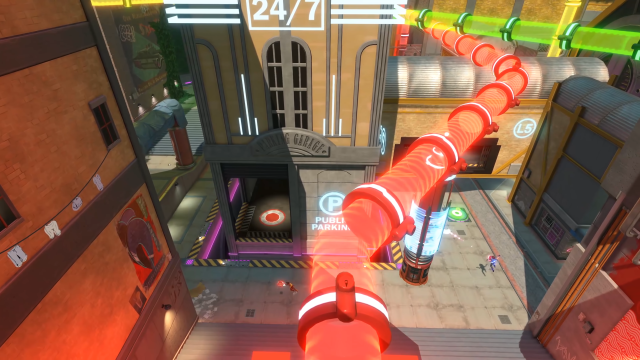
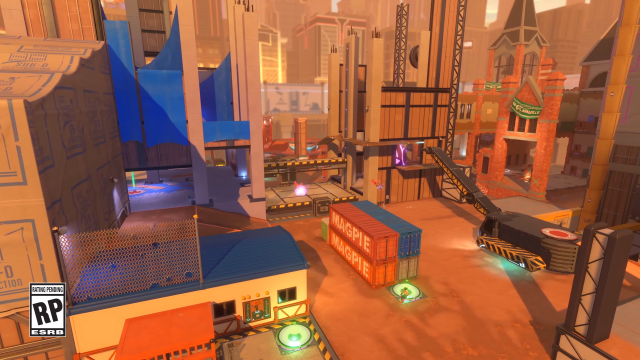
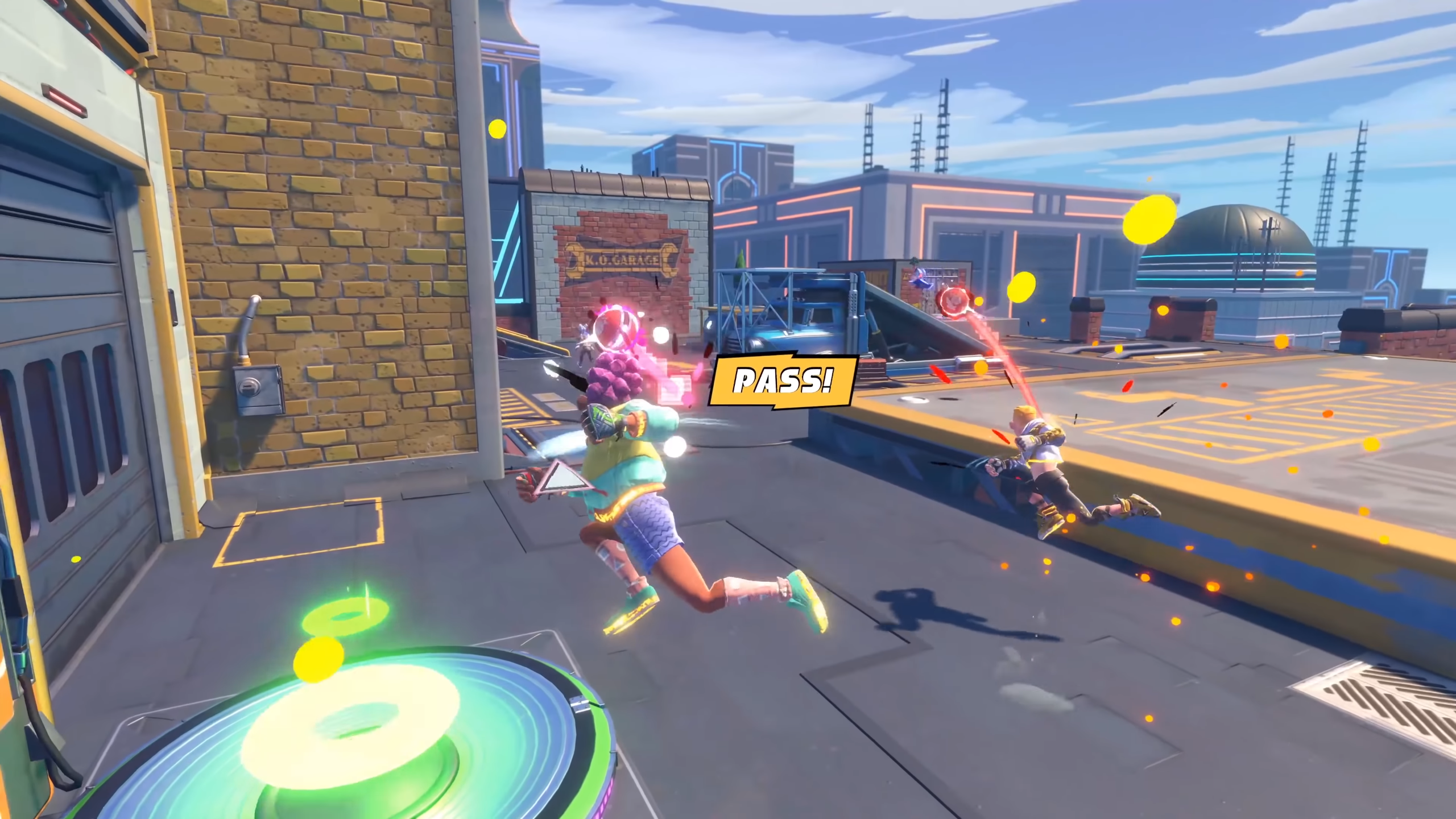
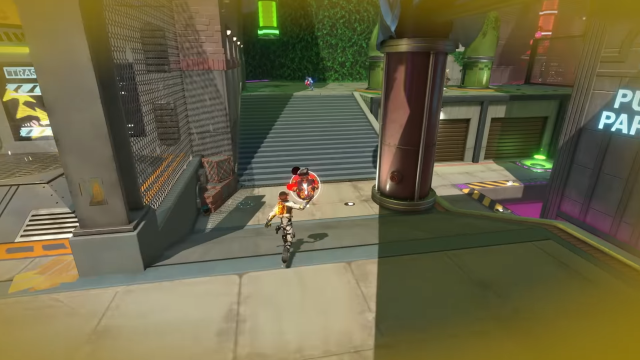
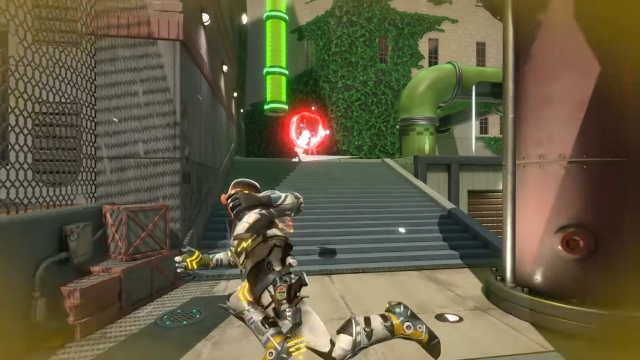
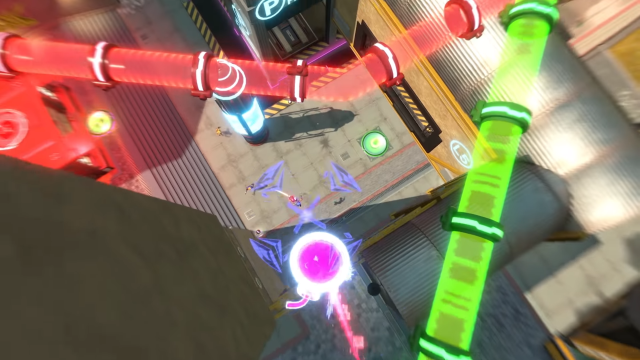
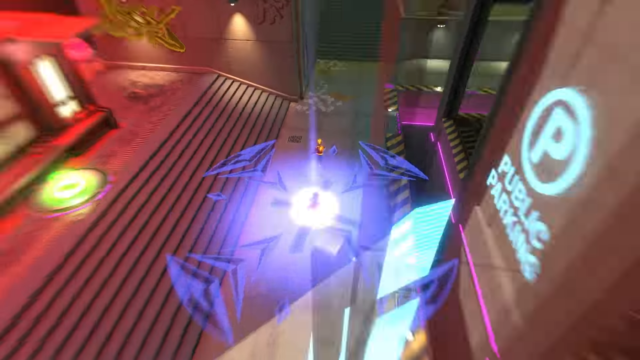
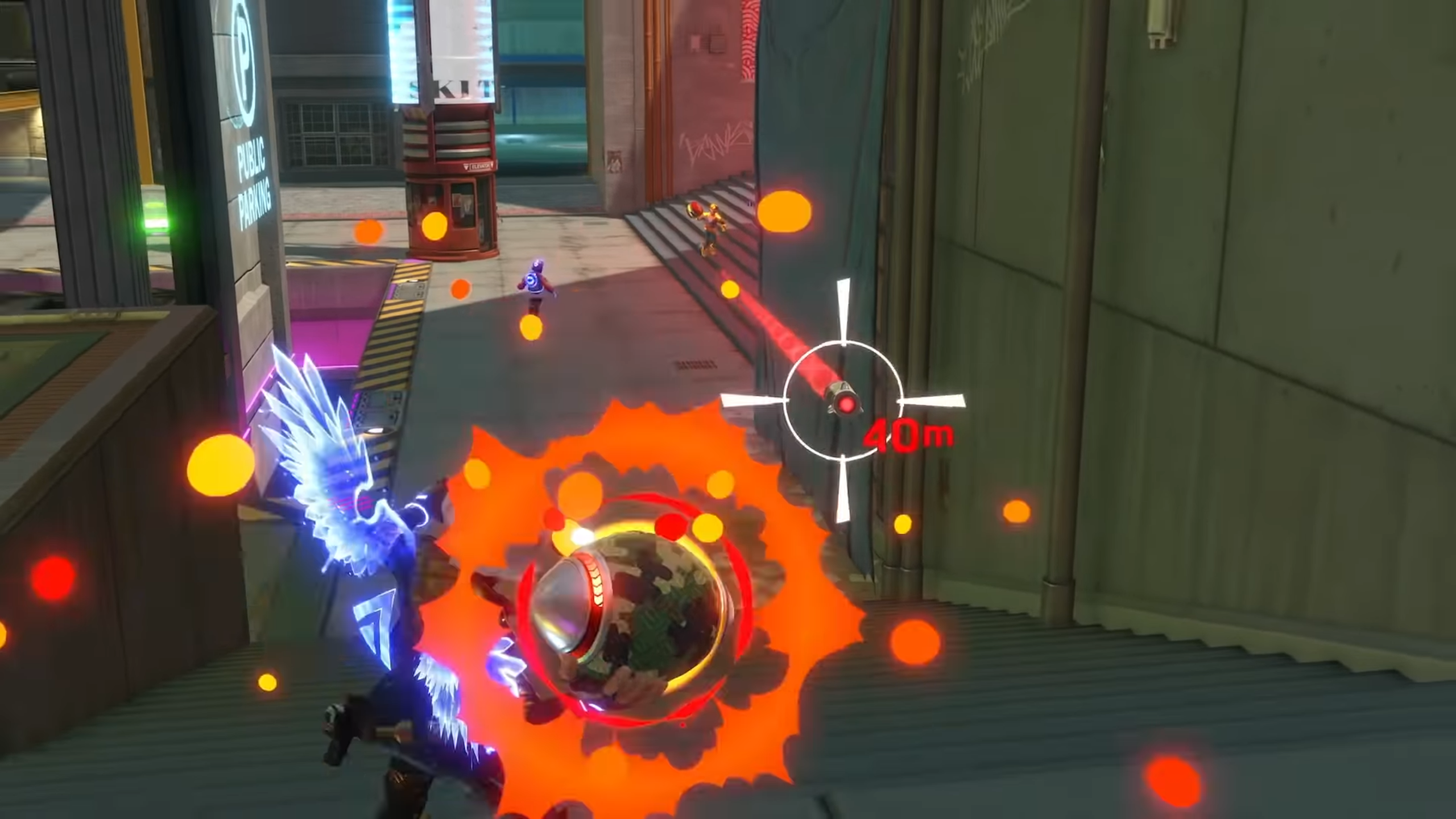
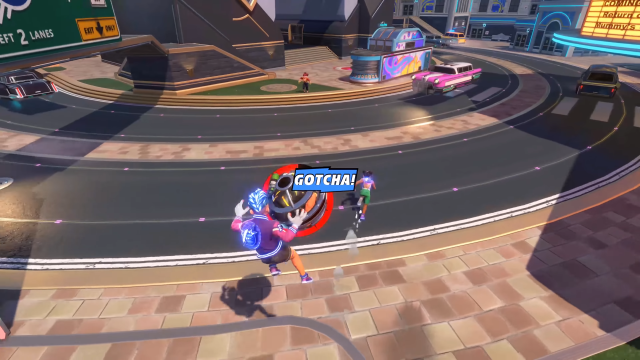
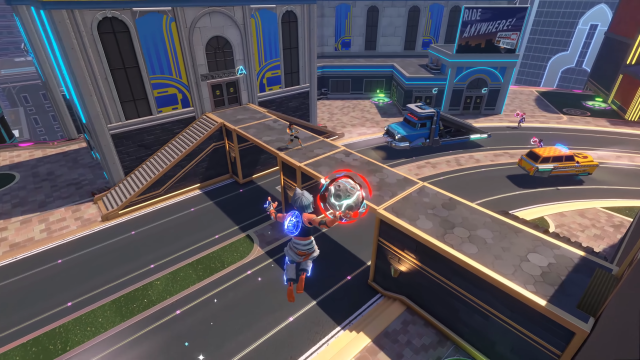
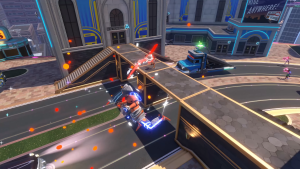
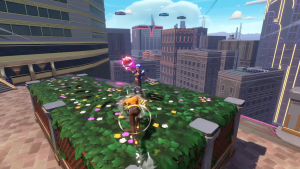
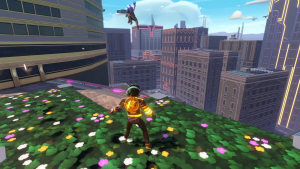
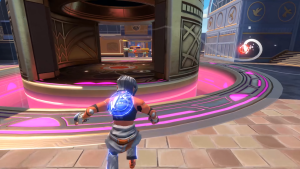
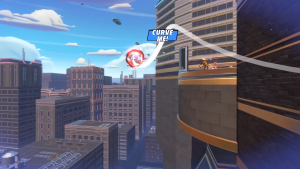
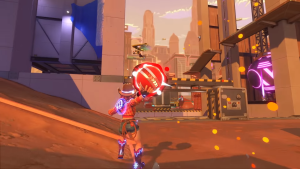
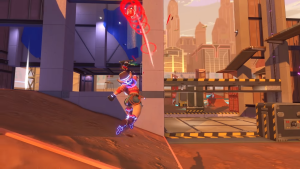
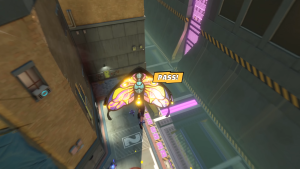
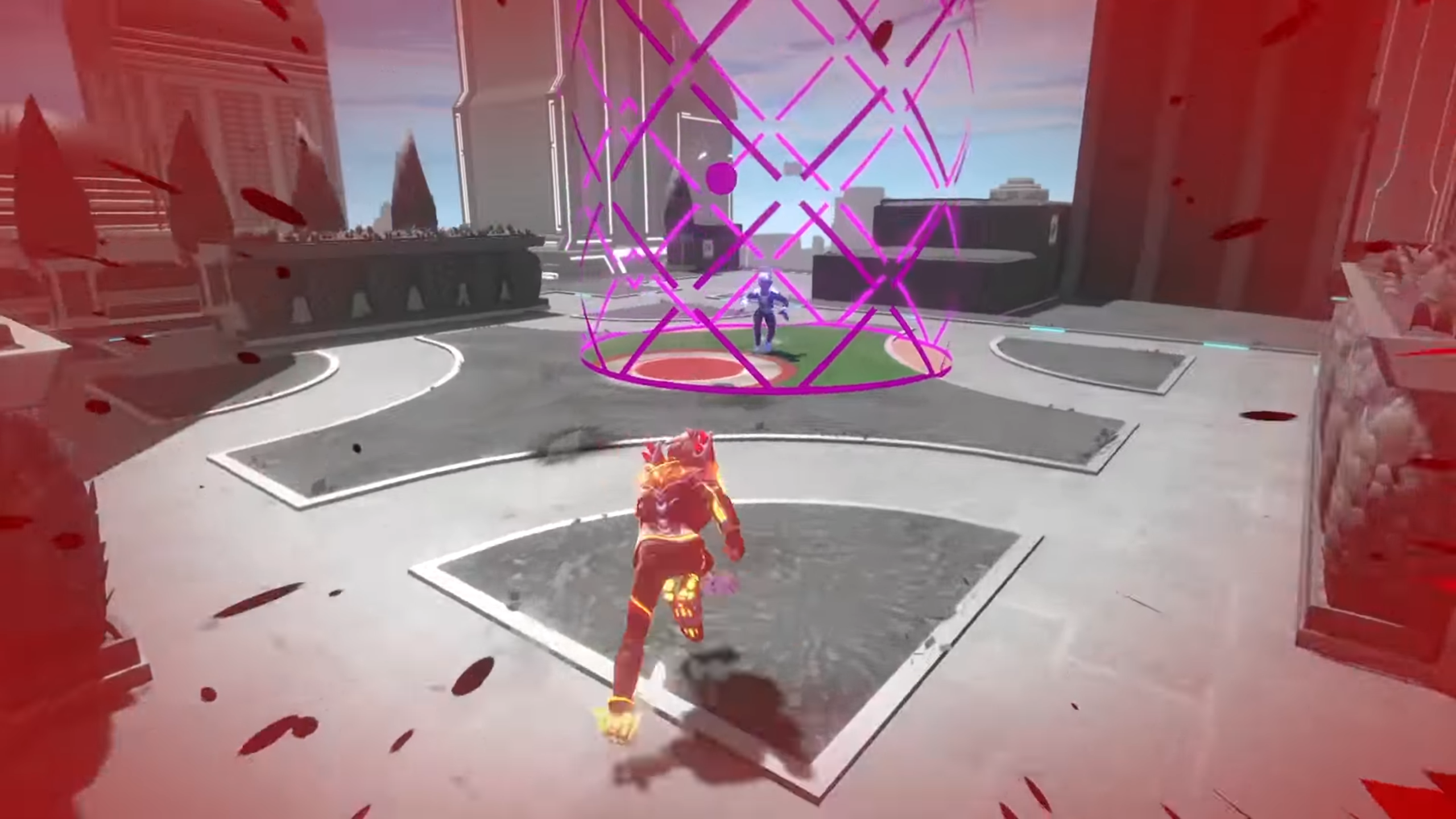
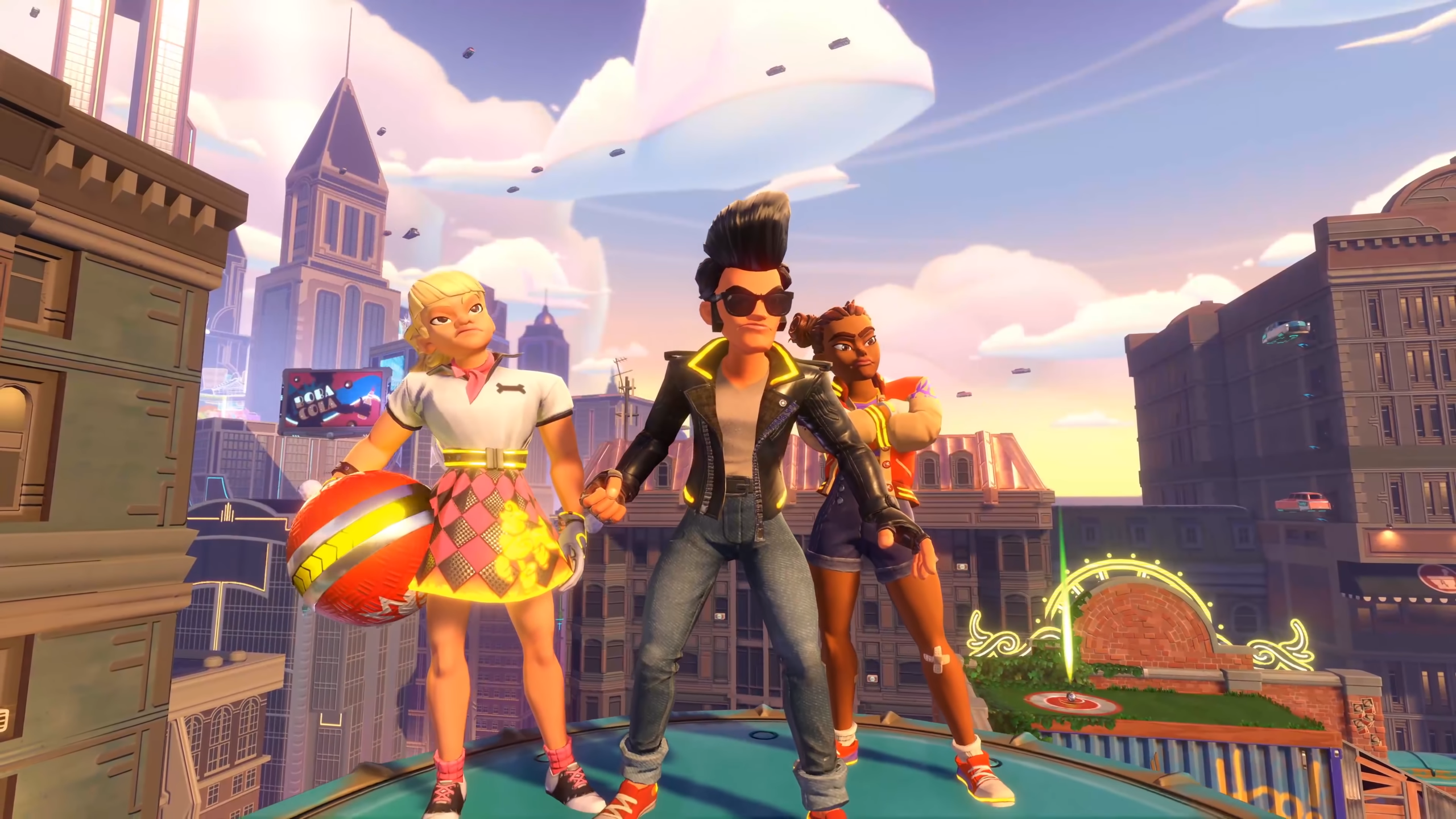
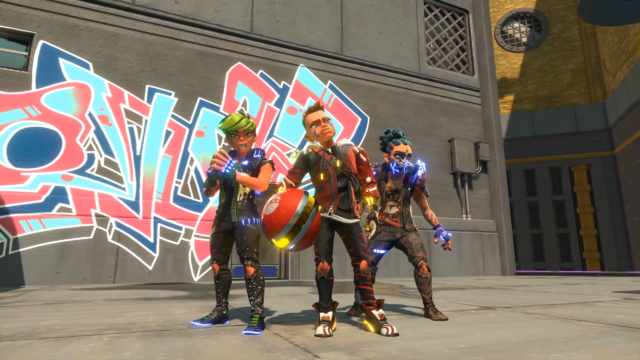
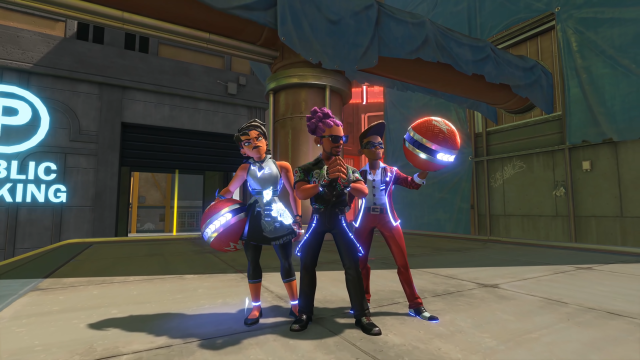
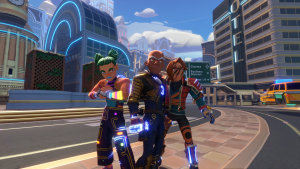
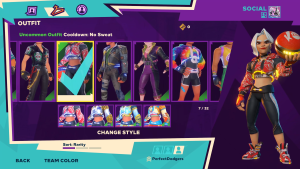
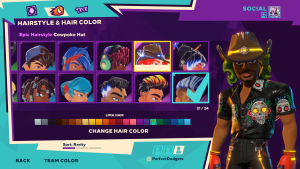
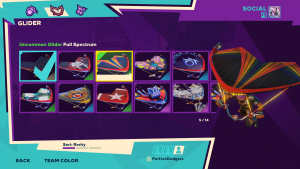
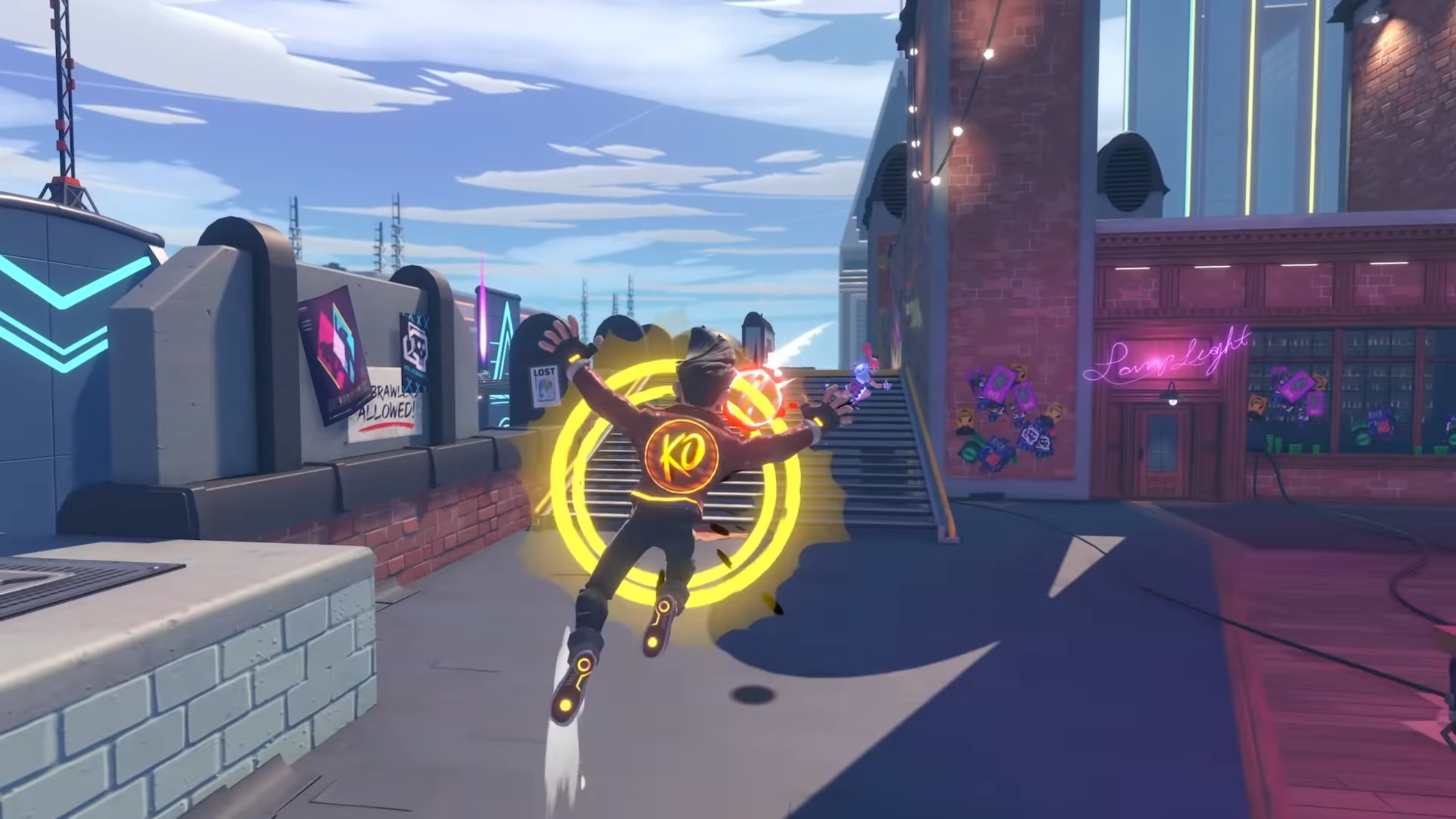

 Loading comments...
Loading comments...
